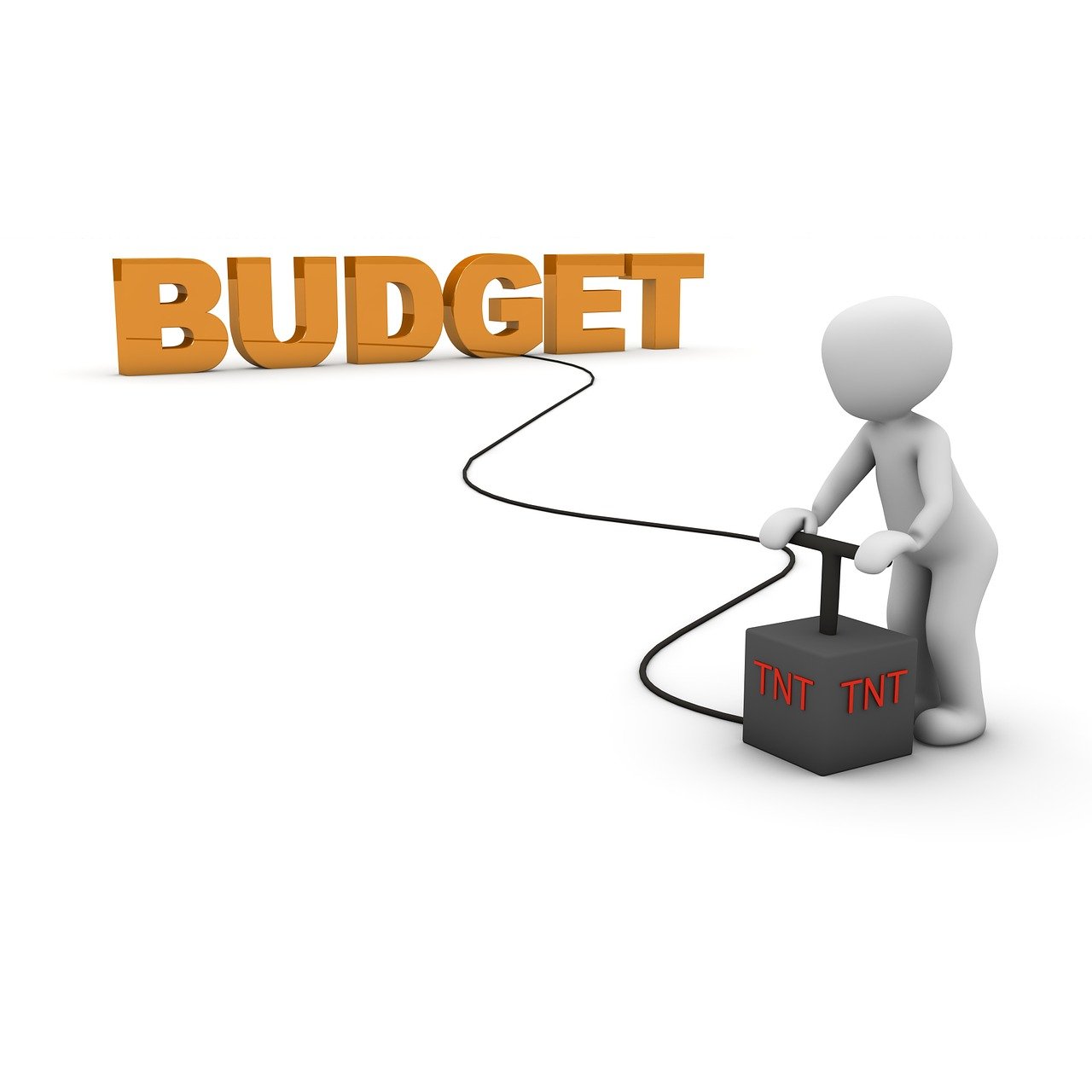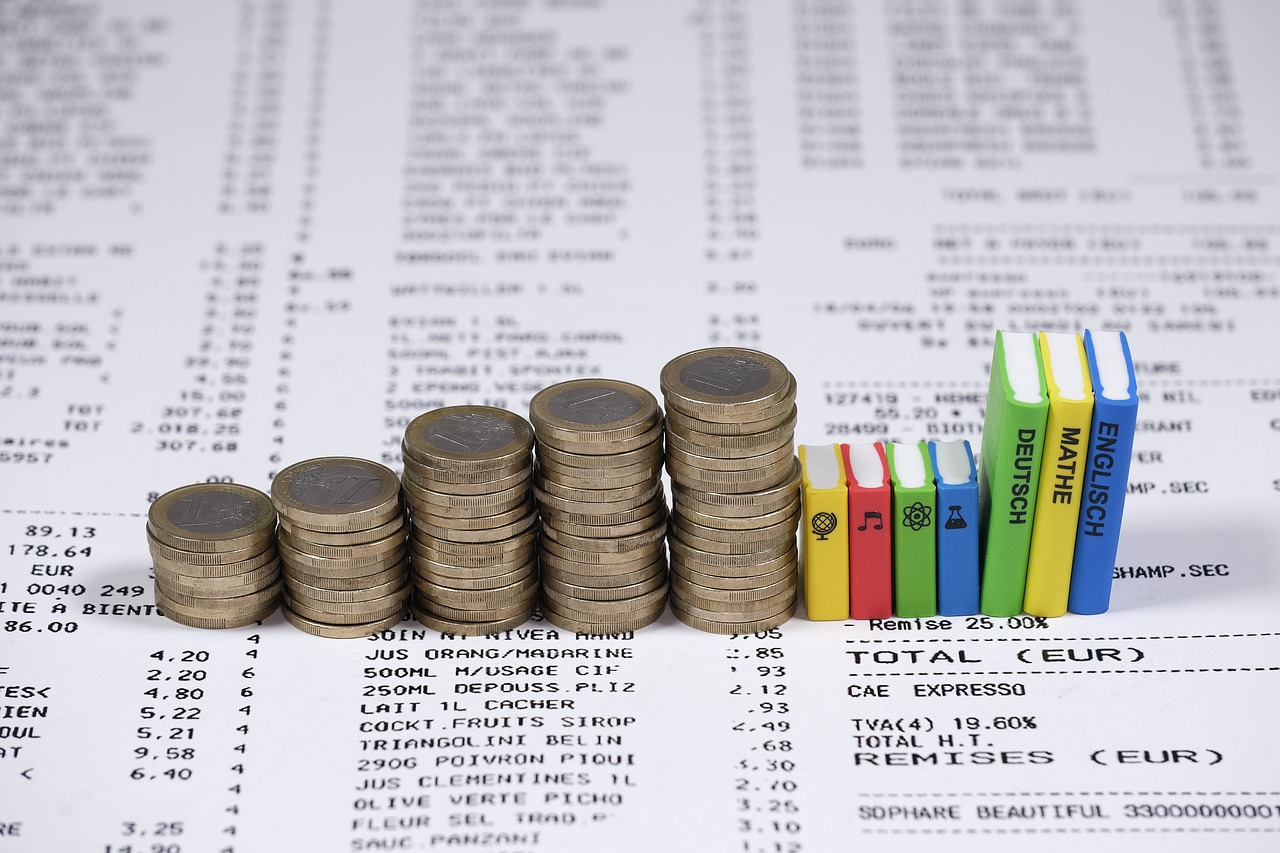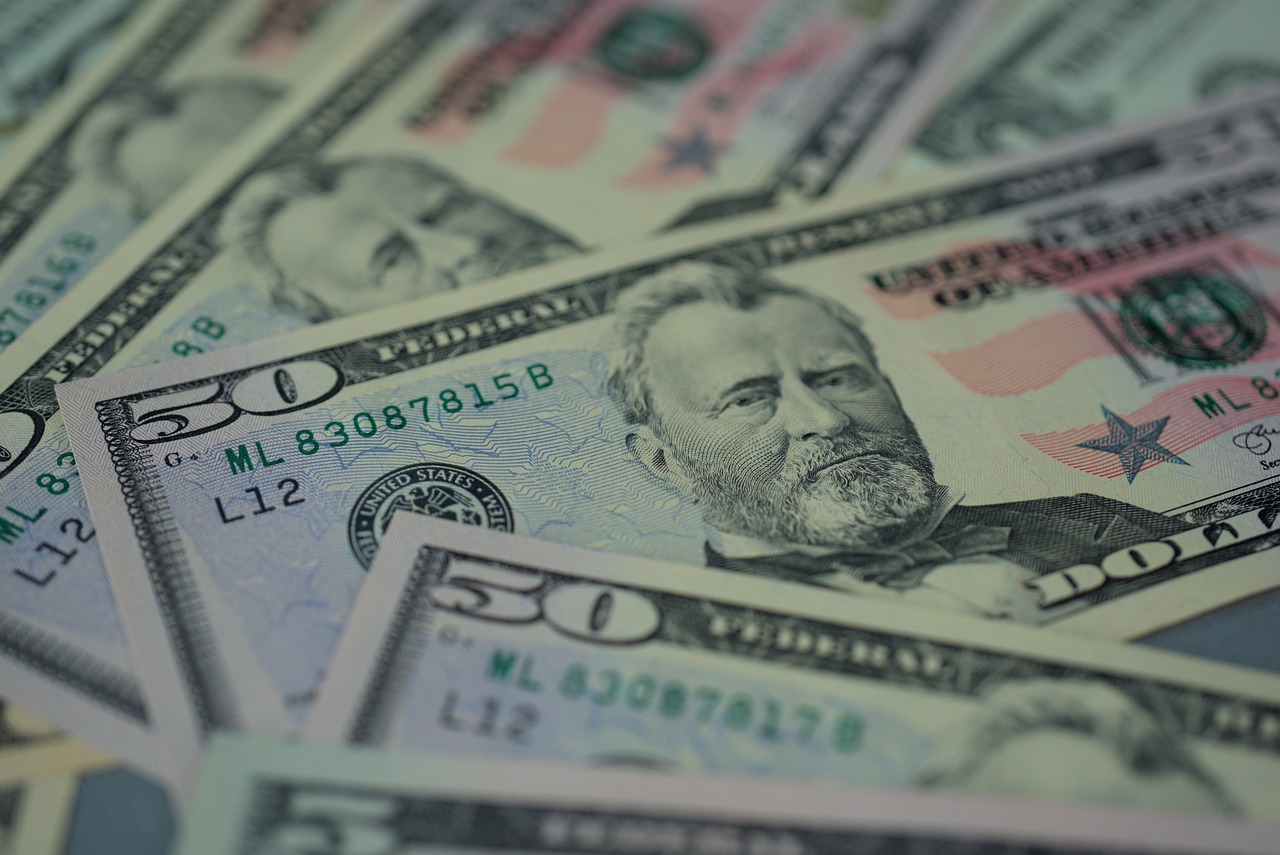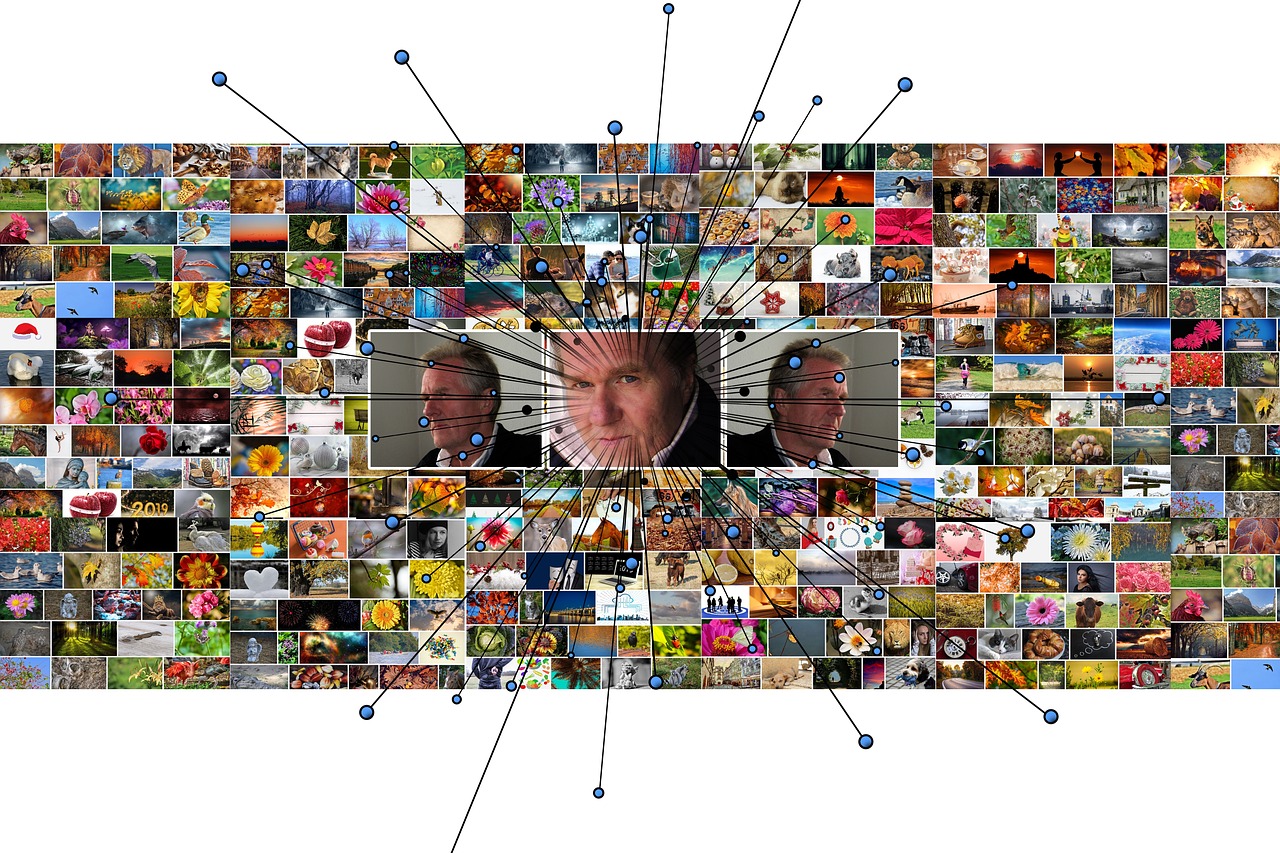Understanding cost per click: a guide for digital marketers
|
IN BRIEF
|
Understanding cost per click (CPC) is essential for digital marketers looking to enhance their advertising strategies and maximize return on investment. CPC is a critical metric that quantifies the amount advertisers pay for each click on their online advertisements. By grasping the mechanics of CPC, marketers can evaluate their pay-per-click (PPC) campaigns more effectively, ensuring they allocate their budgets wisely. This guide delves into the fundamentals of CPC, providing insights into its calculation and significance in the realm of digital marketing.

Understanding Cost Per Click (CPC) in Digital Marketing
Cost Per Click (CPC) is a pivotal metric in the realm of digital marketing, particularly for those utilizing Pay-Per-Click (PPC) advertising strategies. Essentially, it represents the amount advertisers are charged each time a user clicks on one of their advertising placements. This pricing model plays a crucial role in determining the effectiveness and profitability of online campaigns. When a business invests in PPC, it is essential to understand how CPC influences the overall return on investment (ROI).
Calculating CPC involves a straightforward formula: divide the total cost of the advertising campaign by the number of clicks generated. For instance, if an advertiser spends $200 and receives 100 clicks, the CPC would be $2. This metric aids marketers in evaluating the performance of their ads and adjusting their strategies as necessary. A lower CPC may indicate a more efficient campaign, while a higher CPC could signal the need for a reassessment of keywords or ad placements. By comprehending and optimizing their CPC, advertisers can enhance the visibility and success of their online presence.

Understanding Cost Per Click (CPC)
Cost Per Click, commonly known as CPC, is a vital metric in the realm of digital marketing that quantifies the price an advertiser pays each time a potential customer clicks on their online advertisement. This model is particularly prevalent in Pay-Per-Click (PPC) campaigns, where maximization of Return on Investment (ROI) is critical. For instance, if a digital advertiser spends $200 on a campaign that generates 100 clicks, their CPC would be calculated as $200 divided by 100, resulting in a CPC of $2. This direct relationship showcases how CPC is not just a figure to monitor, but a key factor in determining the effectiveness of an advertising strategy.
Moreover, understanding how to manipulate CPC can significantly impact overall success in PPC advertising. For example, industry benchmarks often indicate a good CPC can vary widely depending on industry and competition; thus, analyzing these factors can provide deeper insights into potential savings and profitability. Additionally, marketers should recognize the interplay between CPC and other metrics such as Click-Through Rate (CTR) and Quality Score, as these can influence CPC rates. Aiming for an optimal CPC not only helps in budget management but also underlines the importance of targeting the right audience effectively. For a comprehensive understanding of this concept, you can explore more on the basics of PPC advertising and how it relates to organic traffic strategies by visiting this link.
Understanding Cost Per Click (CPC) in Digital Marketing
What is CPC and Its Significance?
Cost Per Click (CPC) is a crucial metric in digital marketing that dictates how much advertisers pay for each click generated by their ads. This model operates primarily on Pay-Per-Click (PPC) advertising platforms such as Google Ads, where the expenses incurred are directly linked to user interaction.
One effective way to grasp CPC is to consider how the pricing structure affects online ad campaigns. Advertisers target specific audiences, and the cost they incur represents not only the immediate expense but also the potential value of acquiring a new customer through effective reach.
For marketers, understanding how to calculate CPC is essential. The formula used is straightforward: divide the total advertising cost by the number of clicks obtained. For example, if an ad costs $100 and receives 100 clicks, the CPC is $1. This calculation can inform future advertising strategies to optimize return on investment (ROI).
- Impact on Budgets: Knowing your CPC helps in setting effective advertising budgets and predicting overall expenses.
- Strategy Development: By analyzing CPC, marketers can tailor their campaigns to improve performance and lower costs.
- Performance Measurement: Tracking CPC over time allows businesses to evaluate the effectiveness of their marketing efforts, making necessary adjustments.
- Market Trends: Understanding the average CPC in your industry can provide insights into how competitive your market is, guiding strategic decisions.
Utilizing tools to calculate and analyze CPC efficiently can significantly enhance the success of advertising campaigns. Additional resources that explain these concepts further include WordStream and Investopedia. Exploring the importance of organic search for businesses can also add another layer of understanding. For more insights, visit here.

Understanding Cost Per Click (CPC) in Digital Marketing
Cost Per Click (CPC) is a vital metric in digital marketing that helps advertisers gauge the effectiveness of their Pay-Per-Click (PPC) campaigns. Essentially, CPC defines the amount paid each time a user clicks on an advertisement, directly linking advertising expenses to user engagement.
This metric plays a foundational role in platforms such as Google Ads, where it not only affects advertising costs but also impacts overall return on investment (ROI). To calculate CPC, the total advertising cost is divided by the total number of clicks generated. Understanding this formula is crucial for marketers aiming to optimize their campaigns and ensure they are receiving adequate value for their spending.
Moreover, grasping the implications of CPC empowers marketers to refine their strategies by identifying what constitutes a good CPC based on industry benchmarks. A competitive CPC enables brands to effectively compete for visibility in crowded markets, maximizing their advertising budgets.

Cost Per Click (CPC) is an essential metric for digital advertisers, determining the amount paid for each click on ads across platforms. It is fundamental to Pay-Per-Click (PPC) advertising, a model where publishers charge advertisers based on user engagement with ads.
To calculate CPC, one simply divides the total advertising cost by the number of clicks received. This straightforward formula brings clarity to the budgeting process, allowing marketers to fine-tune their advertising strategies.
Understanding and optimizing CPC not only enhances visibility but also significantly boosts return on investment (ROI). By focusing on this metric, marketers can evaluate the effectiveness of their campaigns, forecast future performance, and make informed decisions to drive better results.
As digital marketing evolves, staying informed about CPC trends and best practices is crucial for maximizing the impact of advertising efforts in a competitive landscape. Engaging with this data leads to more strategic planning and ultimately, successful campaigns.











Post Comment